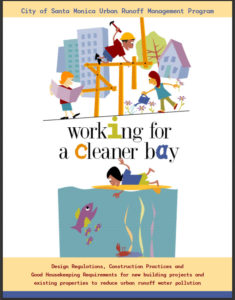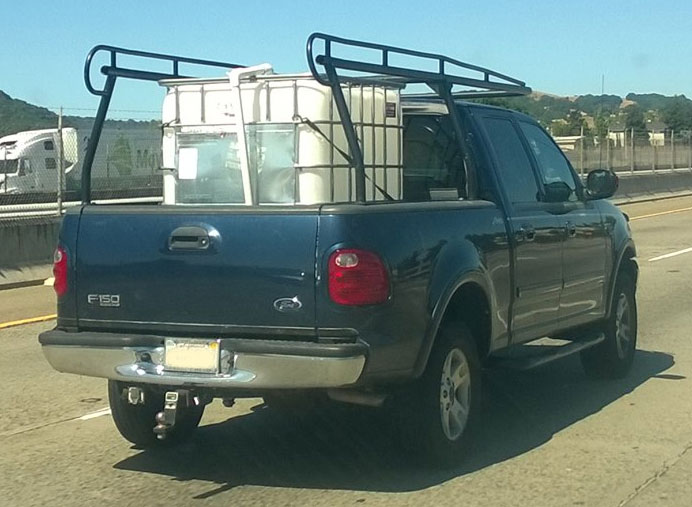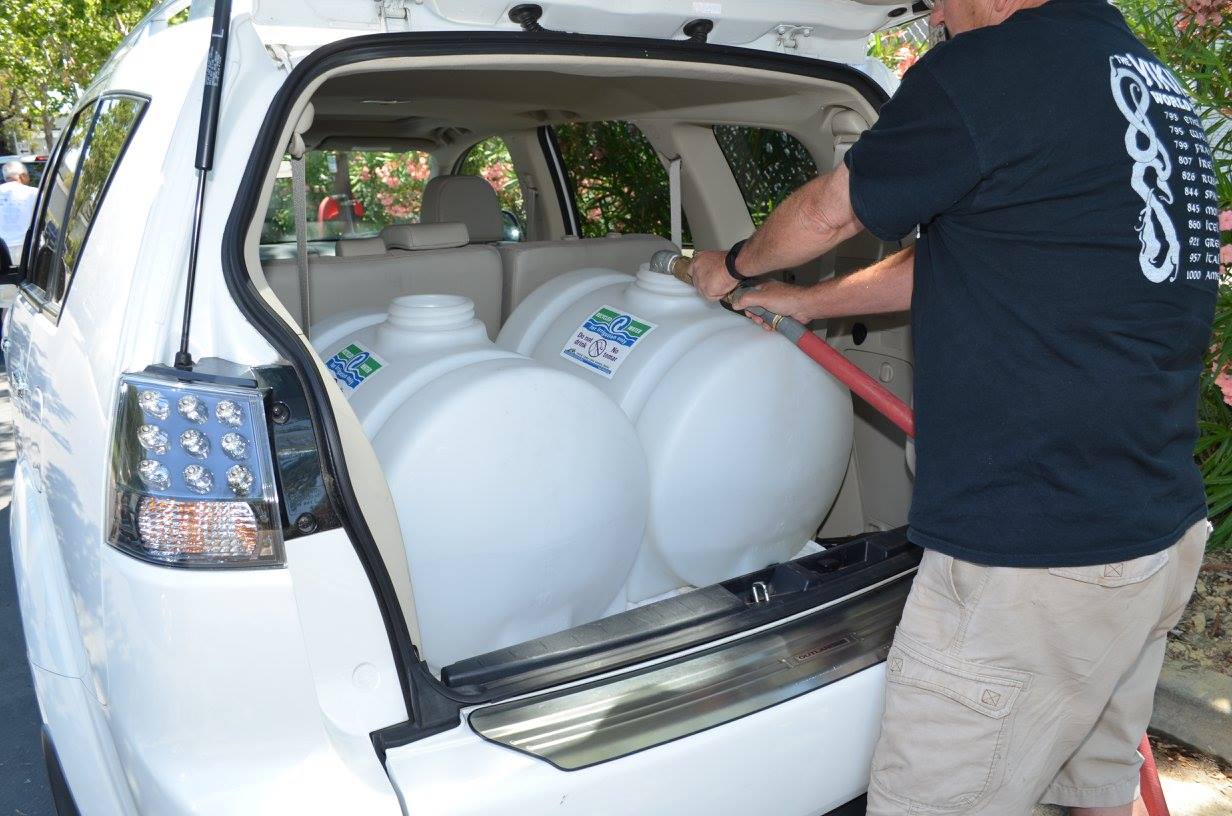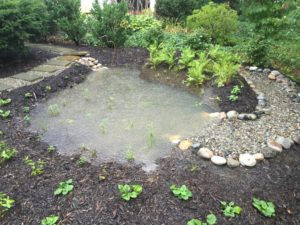
Rain garden in use. Credit: SaveItLancaster.com
It has been a wet winter. Over 40″ of rain has fallen at my home since October 1, 2016. On my quarter acre lot, that accounts for approximately 268,000 gallons of water, or enough to sustain my needs for 3-6 years (daily use averaging between 118 and 213 gallons per day). Note: one inch of water on a square foot of land is 0.623 gallons.
By installing a swale and a rainwater infiltration trench in my front yard, I am planting rain.

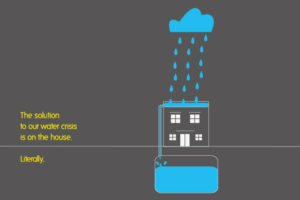
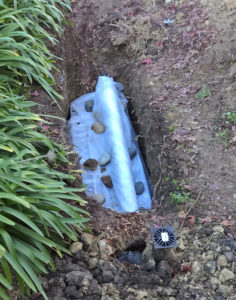
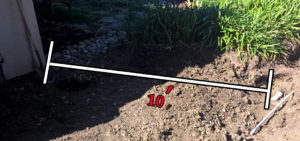
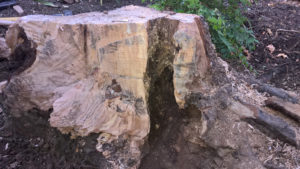
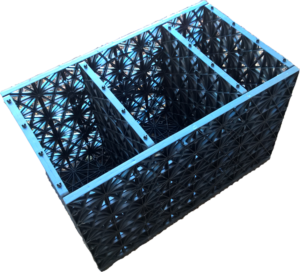
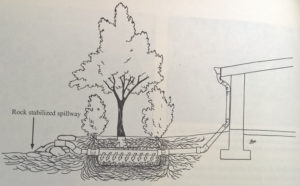
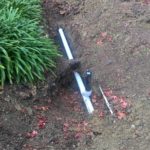 In our article titled “
In our article titled “
